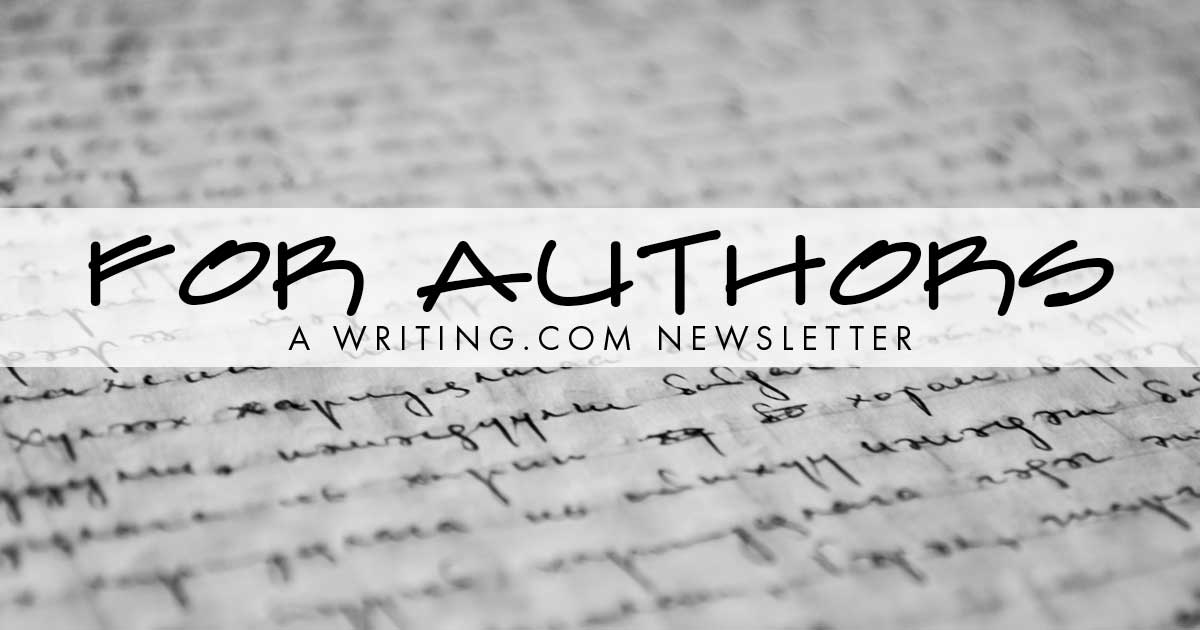%%USERNAME%% %%ACCWORDS%% %%ONOFF%% |
 This week: Metaphor, Simile, and Analogy Edited by: Annette More Newsletters By This Editor 1. About this Newsletter 2. A Word from our Sponsor 3. Letter from the Editor 4. Editor's Picks 5. A Word from Writing.Com 6. Ask & Answer 7. Removal instructions
Have an opinion on what you've read here today? Then send the Editor feedback! Find an item that you think would be perfect for showcasing here? Submit it for consideration in the newsletter! https://www.Writing.Com/go/nl_form Don't forget to support our sponsor!
To stop receiving this newsletter, click here for your newsletter subscription list. Simply uncheck the box next to any newsletter(s) you wish to cancel and then click to "Submit Changes". You can edit your subscriptions at any time. |